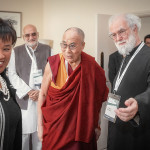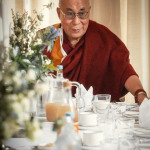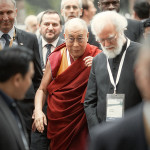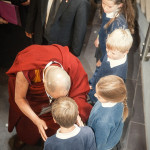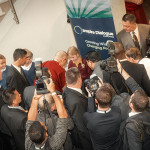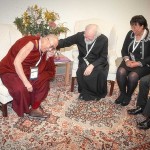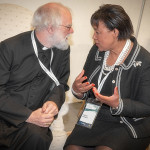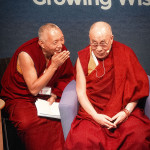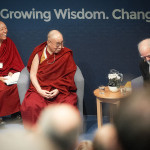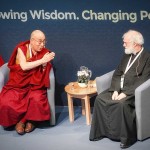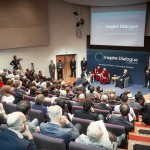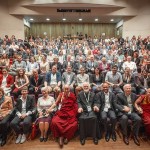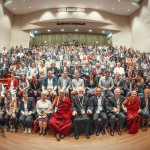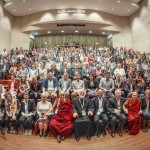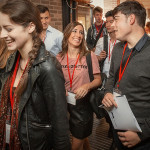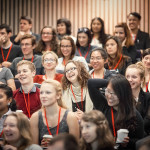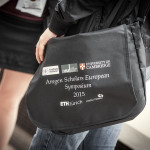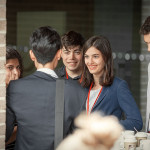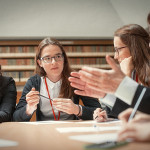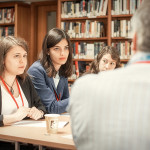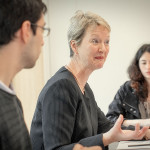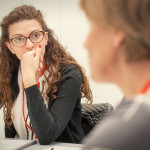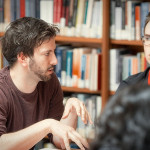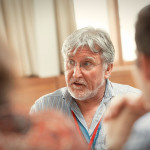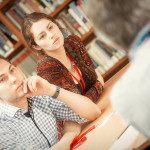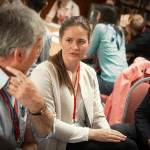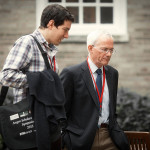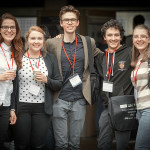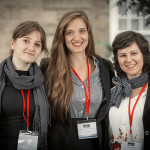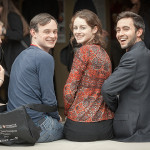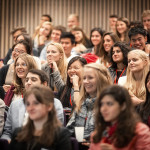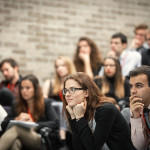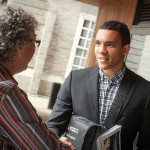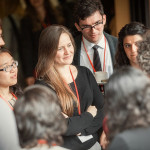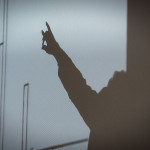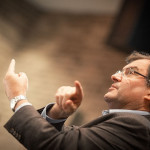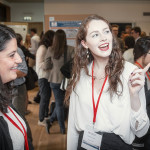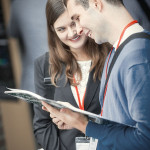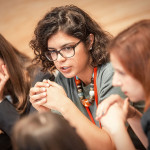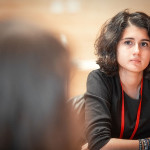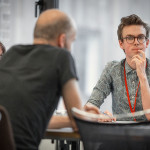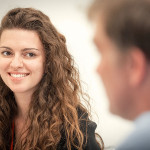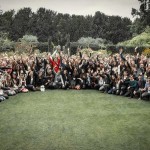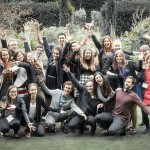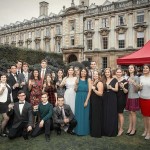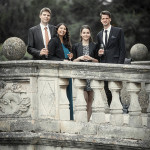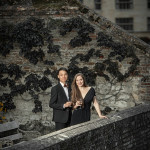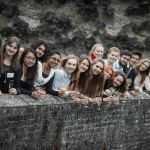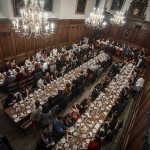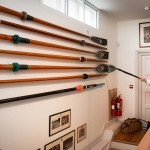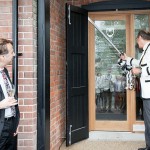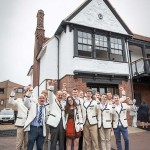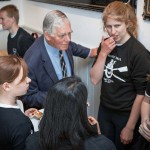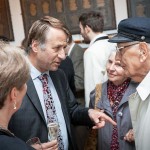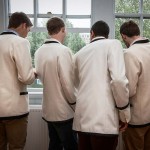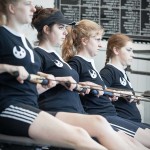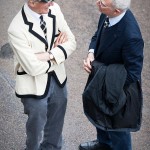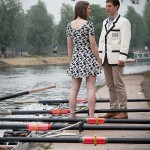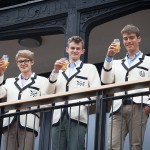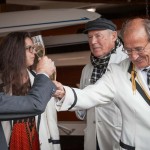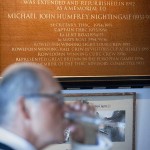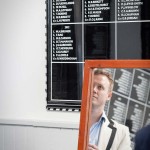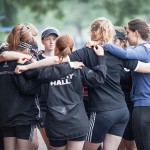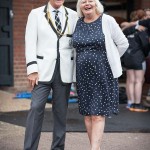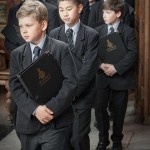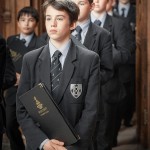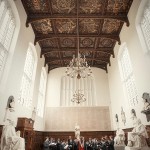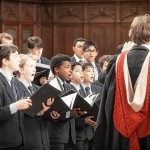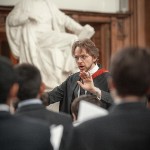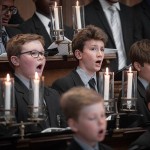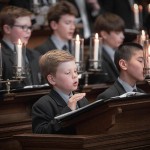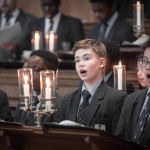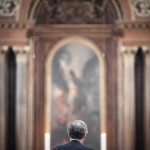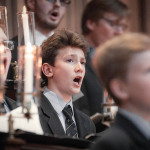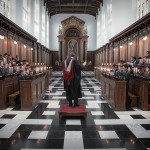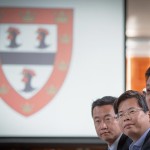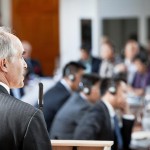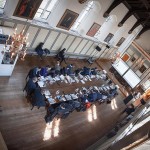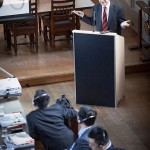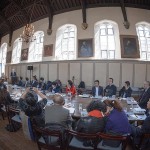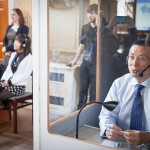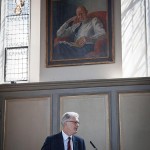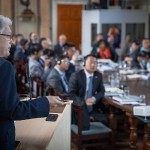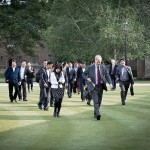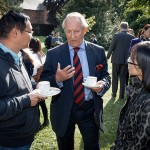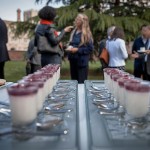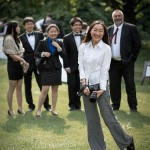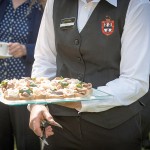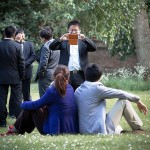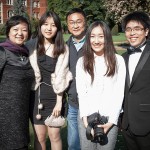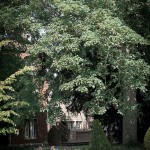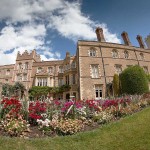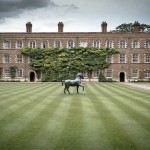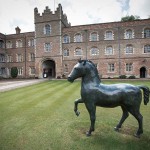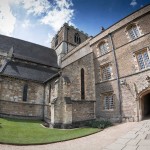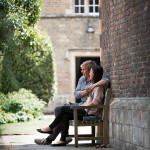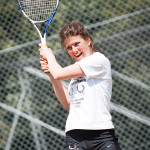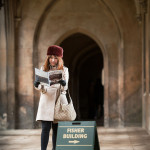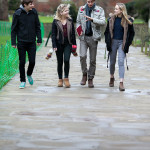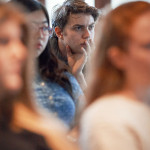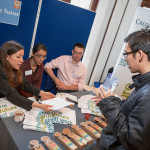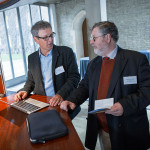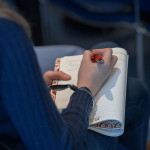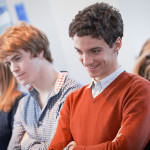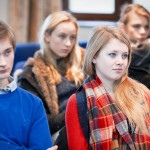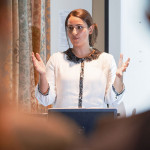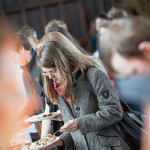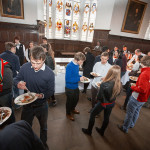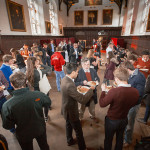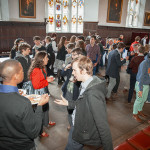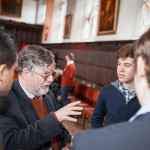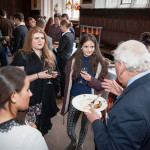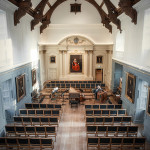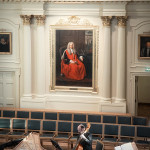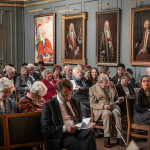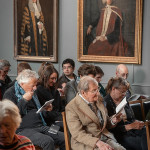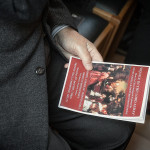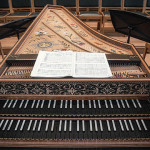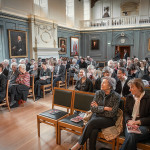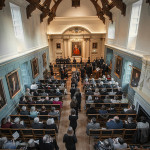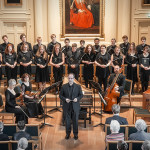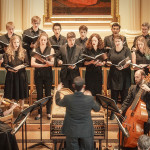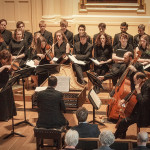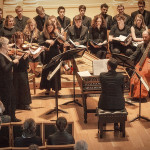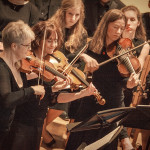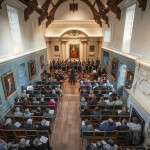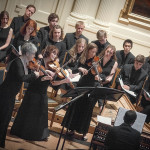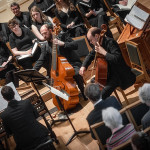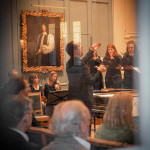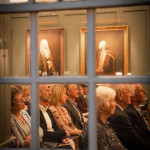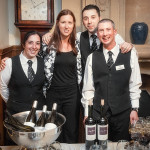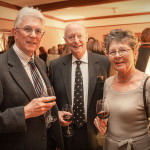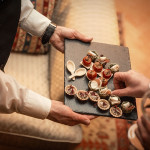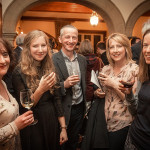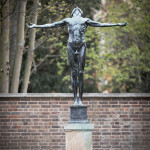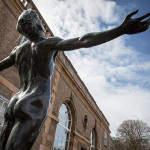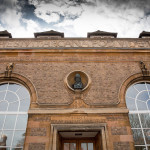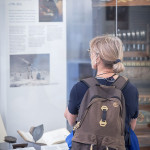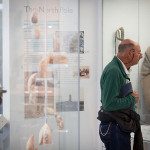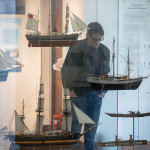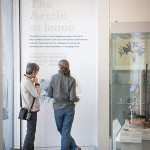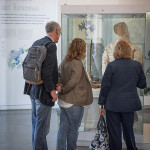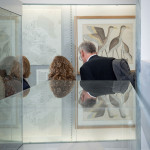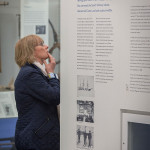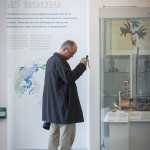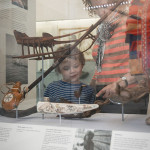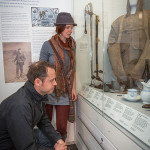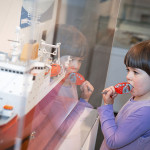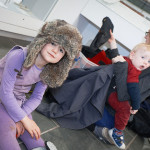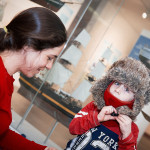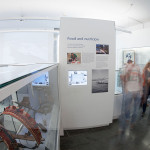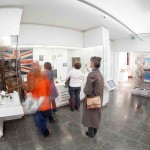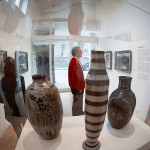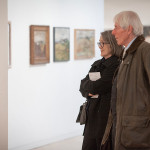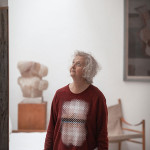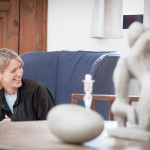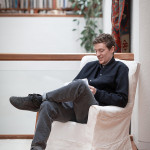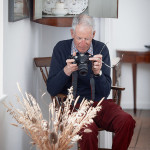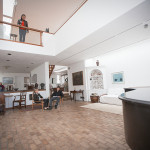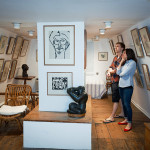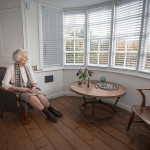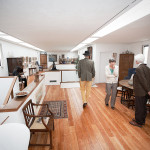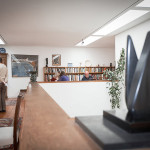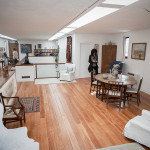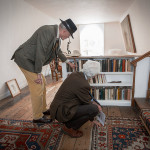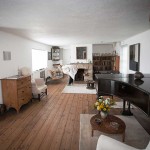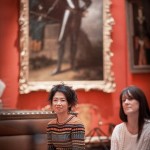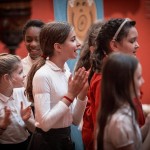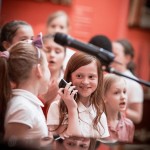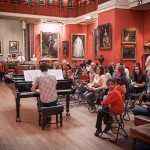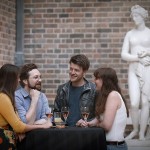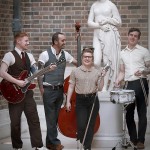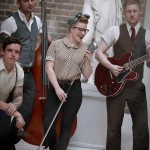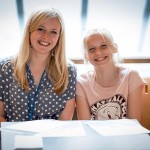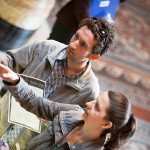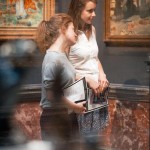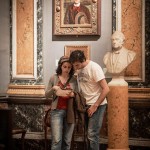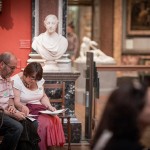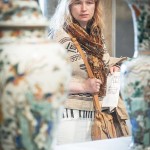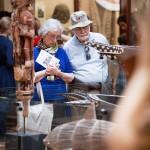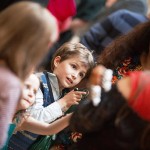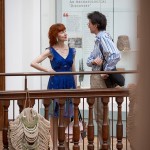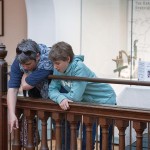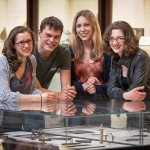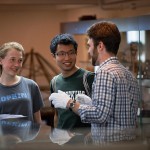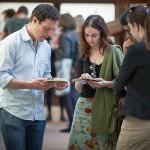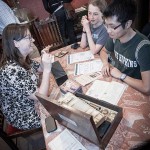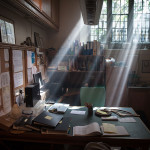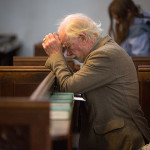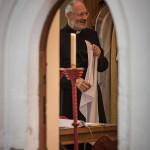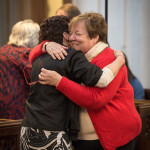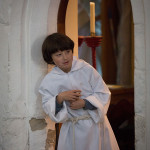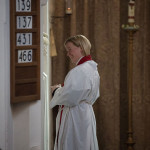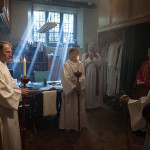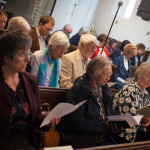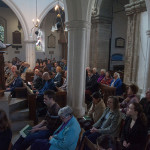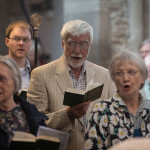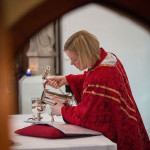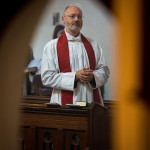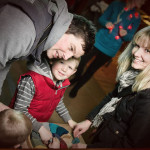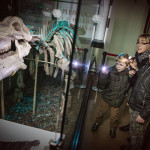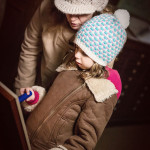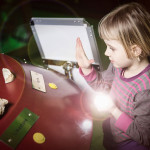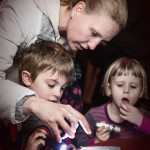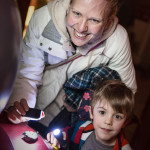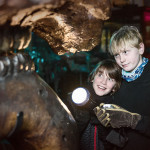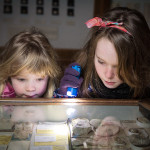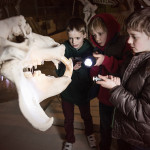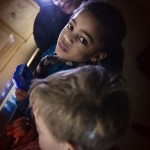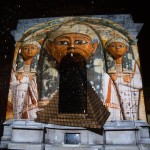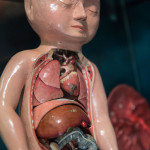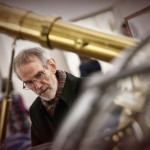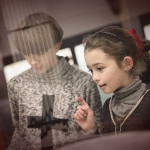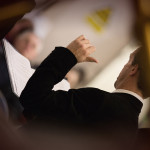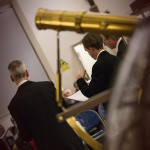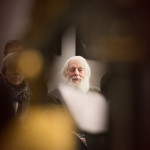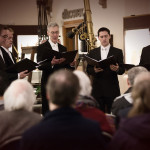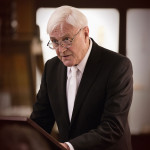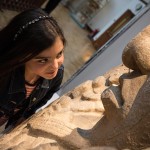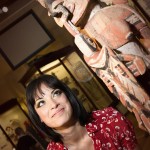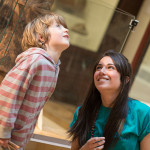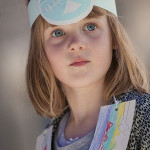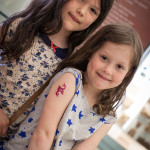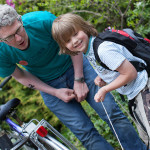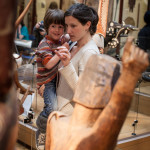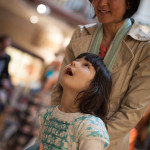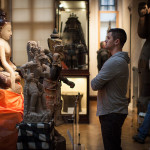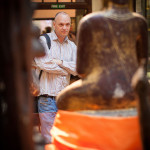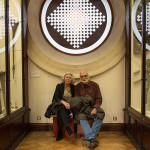08
On 16th and 17th September this year, Lord Rowan Williams, former Archbishop of Canterbury, now Master of Magdalene College hosted an unusual event in Cripps Court. ‘Growing Wisdom, Changing People’: a Dialogue with the Dalai Lama was designed to ‘create a space where young people and leading thinkers and practitioners can explore in conversation with Lord Williams and His Holiness the concept of Universal Responsibility and what it can mean for the world’.
The 80-year-old monk, regarded by many Buddhists as the 14th reincarnation of their traditional spiritual leader had to endure loud protests from an organisation claiming to represent an alternative Buddhist sect.
I was asked to take a few pictures behind the scenes, some general shots of the conference and to take a group shot in the auditorium of all the delegates with Bishop Rowan Williams and the Dalai Lama. The latter I did by standing on a chair I’d placed on the stage to give me the height I needed. After only a few frames, I lost my balance and fell off the chair and right off the stage to land at the feet of His Holiness who helped me up.
07
Amgen Scholars have the opportunity to work alongside experienced Cambridge University faculty members, including some of the world’s top academic scientists. They work during the summer holidays undertaking hands-on laboratory research, and actively contribute to the advancement of science. Applications from undergraduates across Europe number in their thousands but only 80 are selected – these kids are the brightest of the brightest.
A signature component of the summer program is the symposium where students hear firsthand from leading scientists working in industry and academia. Over the course of the symposium, Scholars have the chance to share their summer research projects with their peers and deepen their understanding of drug discovery and development.
This is my second year covering the event and it’s a delight to spend time again with such energetic and optimistic young people.
05
Trinity Hall Boat Club revealed its newly refurbished boathouse with an official opening on 13th June 2015 by Dr Walter Scott. The improvements were made to ensure that it was secure in its footings, generous in its facilities, and up-to-date with its equipment. Following a £2 million investment it must be the smartest boathouse along the river.
31
I was asked to photograph Trinity College Chapel Evensong on Wednesday 20 May. This was a special occasion as it was sung by Whitgift School Chamber Choir.
The historical links between Whitgift and Trinity College go back more than 500 years, since the School’s Founder, John Whitgift, was Master of Trinity College from 1567 to 1577. There is also a musical connection between Trinity and Croydon: Thomas Attwood Walmisley (1814-1856), a well-known composer of church music, was Organist of Croydon Minster (now home of the Whitgift Minster Choristers) in 1830, before becoming Organist at Trinity in 1833. In honour of Walmisley, the Whitgift Chamber Choir sung his mighty Evening Service in D Minor at Evensong, as well as other gems from the English Cathedral Music repertory.
Very much an exercise in silent low light photography!
08
Jesus College is officially called “The College of the Blessed Virgin Mary, Saint John the Evangelist and the glorious Virgin Saint Radegund, near Cambridge; commonly called Jesus”. For obvious reasons it is very rarely called by its official name.
Although a fairly central college I love Jesus because it’s slightly off the tourist trail and both students and staff have always been very relaxed about me visiting with my camera at almost any time. In my opinion it’s as beautiful as most and has incredible historic buildings including a twelfth-century Benedictine nunnery and a a huge church that remain at the College’s centre.
Amongst the many overseas visitors to the college were a group of Chinese Education Officials.
08
Jesus College is one of the leading colleges in the University of Cambridge. It was established between 1496 and 1516 on the site of the twelfth-century Benedictine nunnery of St Mary and St Radegund whose ruinous buildings, which included a huge church, were adapted to house it. Today these buildings remain at the College’s centre.
I was delighted to be asked to provide pictures for their 2014 Annual Report – a few of which are shown here.
05
Successful College alumni returned to St John’s on Saturday to inspire the next generation of Cambridge graduates.
The first ever St John’s College Careers Fair saw 11 Johnians, from fields as diverse as television, politics, business and science, give talks about life after Cambridge and how to get ahead in the career market. Representatives from world-leading companies were also on hand to discuss internships, work placements and graduate recruitment positions.
Over 100 students and recent graduates of St John’s attended to hear expert advice and network with fellow Johnians at the Fair. The speakers, all of whom studied at St John’s themselves, were hand-picked because of their varied career paths and the obvious and inspiring passion they have for their work.
18
The Trinity Hall Chapel Choir performed alongside the College’s professional Ensemble in Residence, Orpheus Britannicus. The programme included works by Henry Purcell and Dieterich Buxtehude. The Master, Revd Dr Jeremy Morris, also invited guests to join him in the Master’s Lodge for a post-concert drink.
12
Another Museum of Cambridge University, this time the Scott Polar Research Institute. I was asked to photograph The Polar Museum to provide images that would help promote their unique collection of artefacts and other materials illustrating polar exploration, history and science. In particular the Scott Polar Research Institute Museum building and interior displays being enjoyed by visitors of all ages.
The museum contains not only the history of Scott’s tragic expedition but also early explorers who ventured in to the unknown Arctic regions. The exhibits follow a logical path and give one a meaningful sense of what those intrepid men endured in that forbidden area of the world. It’s fairly small but well worth a visit.
12
Kettle’s Yard was originally the home of Jim Ede and his wife Helen. Moving to Cambridge in 1956, they converted four small cottages into one idiosyncratic house and a place to display Ede’s collection of early 20th-century art. Ede maintained an ‘open house’ each afternoon, giving any visitors a personal tour of his collection. Today, the house is preserved as the Edes left it, making a very informal space to enjoy the permanent collection.
I was asked to photograph the house and capture the way that visitors interact with this beautiful space. Every afternoon (apart from Mondays) visitors can ring the bell and ask to look around. Thoroughly recommended.
16
This year six of the University of Cambridge Museums took part in Museums at Night. I was asked to photograph families and other visitors enjoying a variety of events at 3 separate venues between 5pm and 8pm; The Whipple Museum, where top researchers were on hand to answer all sorts of burning questions about the museum’s intriguing scientific instruments; The Museum of Archaeology and Anthropology, with demonstrations from three Chilean artists of their contemporary and indigenous artwork and The Fitzwilliam Museum, where everyone enjoyed live music courtesy of a vintage skiffle band.
It’s hard to believe that all this entertainment was on offer for FREE! In addition to providing a chance to see the museums take on a new life after dark, the evening was also a chance to socialise with friends in a unique setting, surrounded by the world class collections of the University of Cambridge Museums.
03
The Eucharist is a re-enactment of the Last Supper, the final meal that Jesus Christ shared with his disciples before his arrest, and eventual crucifixion. At the meal Jesus ate bread and wine and instructed his disciples to do the same in memory of him. The prayers and readings in a Eucharistic service remind those taking part of that final meal and of the solemn words and actions of someone standing at the edge of death. All of which, you would think, would make this a difficult thing to record sensitively with a camera. Fortunately, I was asked by St Bene’t’s Church to photograph the service and given a free reign to capture images for their new website.
25
Wednesday 13 February, 2013 With glitter balls and sparkling minerals, animal sounds amongst glowing flora, spectacular light installations and flurries of snow, Twilight at the Museums was a treat for the senses. Supported using public funding by Arts Council England, Twilight has been able to grow, and this year it took a step outside. A light show projected on to the façade of the Fitzwilliam Museum creatively played with collections from across the venues: dinosaurs nibbled at the building, plants became part of the structure, and paintings were brought to life. Inside, the atmosphere was one of excitement and discovery. Objects were scrutinised under torchlight, families wandered amongst the displays and the air was filled with chatter and merriment. The University of Cambridge Museums along with Cambridge University Botanic Garden, Cambridge Folk Museum, Museum of Technology, Farmland Museum and Denny Abbey, Cambridge Science Centre, Official Cambridge Guides opened until 7.30 for this annual evening celebration of the magical collections and together welcomed over 7200 visits.
21
Whipple Museum, Cambridge
Friday 22nd March 2013
Opus Anglicanum used music and a sequence of texts chosen by John Allen, Emeritus Professor of Physics, St Andrews University, to chart the changing perceptions of the nature of light through history.
John Allen chose Zarathustra, Parmenides, Democritus, Alhazen, Newton, Young and Einstein to be performed by Opus Anglicanum (5 men singing unaccompanied and a narrator) and featured first performances of new works by Dobrinka Tabakova to a text by Einstein; and by Gordon Crosse to a text by Hafiz.
20
To celebrate being a finalist for the Art Fund Prize for Museum of the Year 2013, the University of Cambridge’s Museum of Archaeology and Anthropology hosted three days of drop-in activities, tours, and demonstrations across the first May Bank Holiday weekend of 2013.

